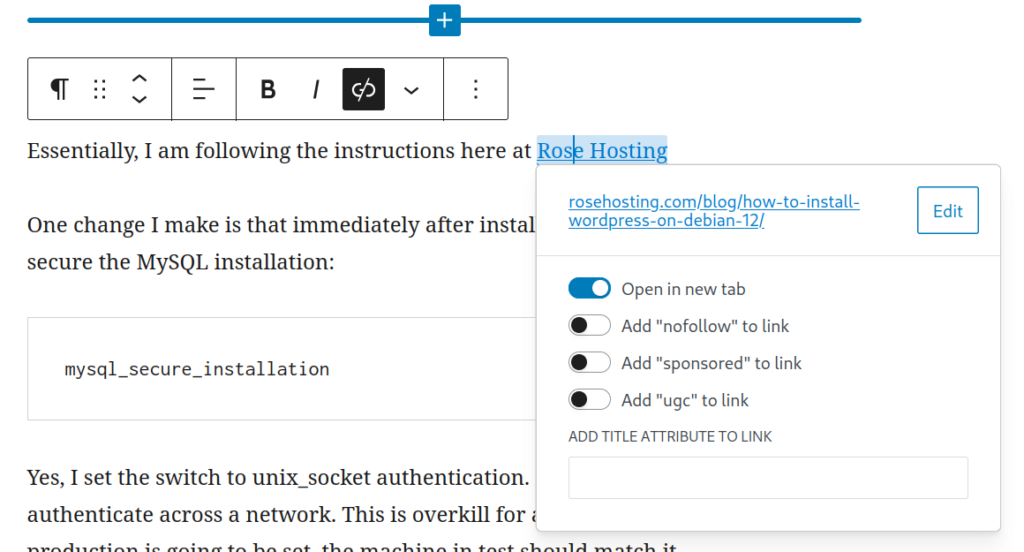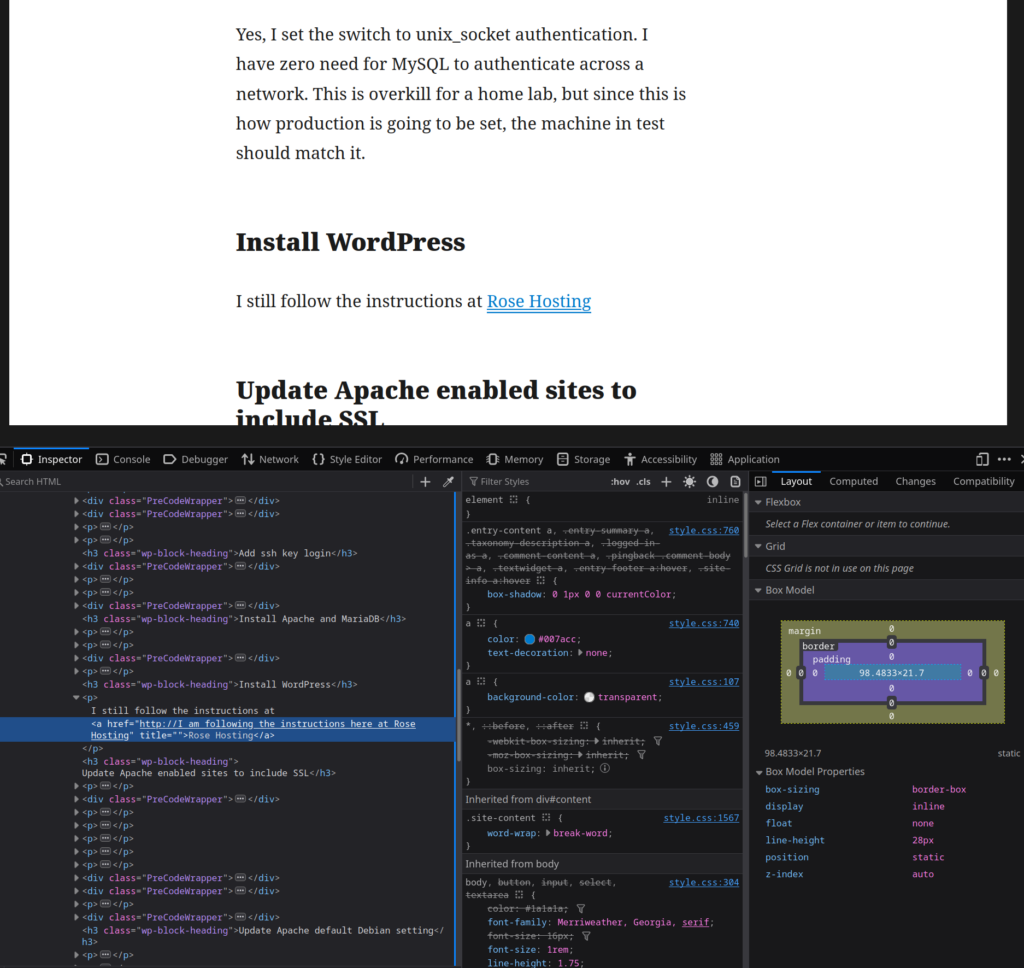A while ago, I reconfigured my network, and I got an email from Orbit that they hadn’t seen my device check in with them in a while. Yes, it was going to need to be reconnected to WiFi. Today, the weather is getting warm, and I need to connect the thing up. It won’t connect.
I vaguely remember that it was super difficult to connect the first time, too.
Later, I wanted to change my email address, and I called their technical support number and talked with a guy: how do I change my email address? You don’t. They don’t have a way to allow someone to change their email address. I could create a new account at the new email address, but then I’d have to re-do the setup all over again.
My experience with Apple is that you can never actually delete an app with old data. They store it in their cloud, and the reinstall always brings back the old data. I had even called Apple technical support, and a very nice lady remembered that once-upon-a-time apps could be deleted from a person’s account in the cloud. She checked with a developer, and sure enough, they removed that ability a couple iOS versions back.
So now I have this fear that if I were to delete the Orbit B-Hyve app, I wouldn’t actually be able to delete it and it’s data. I’d try to reinstall, but it would bring back the bad data Apple has stored in their cloud. Remember kids, Apple app data becomes a part of your permanent record….
I have zero faith that the Orbit people can code up an app that deals with this situation. I mean, they can’t even code up an email address change….
The Orbit device is super frustrating because their stupid instructional video acts as if everything is going to Just Work. It doesn’t, and that’s the end of their knowledge. Of course I went searching on the Internet, and Reddit has some people with similar problems, and
- Technical support is stupid and can only ever tell their customers to uninstall and reinstall the app. Anything more than that, and they have to RMA the unit. I’ve had the unit long enough, it’s no longer under warranty.
- Apparently, some people got the connection to work by turning on location services on their smartphone. Orbit technical support didn’t know that was something that had to be done. In my case, location services are already turned on, but I don’t see the Orbit B-Hyve app in the list of apps that request location services. I am loathe to delete the app and start over because of the iCloud behavior mentioned above.
- The instructions do make clear that the sprinkler controller can only do 802.11b (1999) and 802.11g (2003). Well, that’s a stupid design choice, but should not be a problem for me because the WiFi router I’m hooking it up to is one of those. No good reason to waste an otherwise okay router; it’s not like IoT devices need a lot of bandwidth.
Problem is: I’ve got to connect to the controller with my “modern” iPhone. The iPhone seems to intensely dislike the old WiFi. That may be a reflection on Apple for not playing nice with others.
Still, I’m in a situation where stuff doen’t work. If Orbit hadn’t built a box with ridiculously old technology, -or- built firmware updating into the box, these problems could be solved.
What is so frustrating is that the Orbit instructions say that once the box is in WiFi pairing mode, it will stay there for an hour. Reality is that the SSID shows up for about 15 seconds and then vanishes. It takes a whole system reset (clear CMOS) to get it to go into pairing mode again.
Even when I do get my iPhone to connect to the Orbit SSID, it doesn’t stay connected long enough for the app to see the device.
The iPhone does warn me that the WiFi connection is in plain text / unencrypted. Because the Orbit only powered up a few seconds ago, I’m sure the date is 2015-01-01. I don’t know if the iPhone is okay with that or going to “protect me” from connecting to such a wide open network. The iPhone keeps advancing with updates in security standards; I’m pretty sure the Orbit never will.
All I really know is that my lawn and shrubbery are going to start dying in the heat unless I can get this sprinkler controller connected.
Nothing gives me hope that it will connect easily, if at all.
I should have bought a unit from Hunter or Rachio. Way more expensive though. Who would have thought that you get what you pay for?

